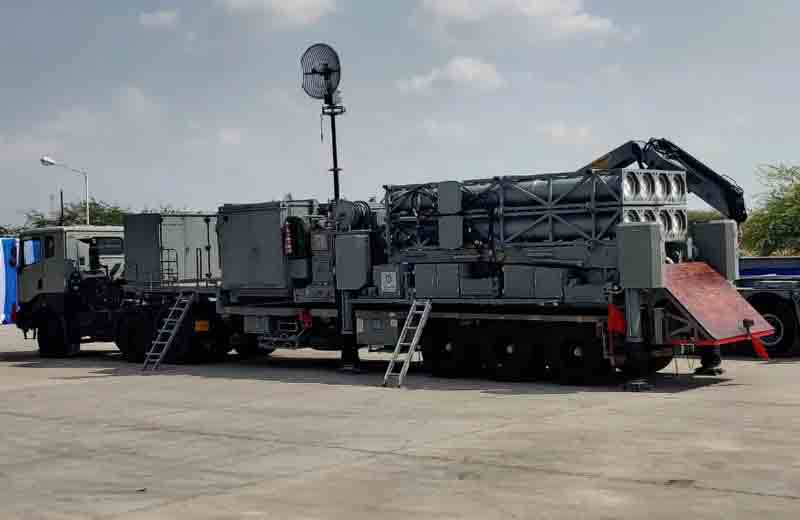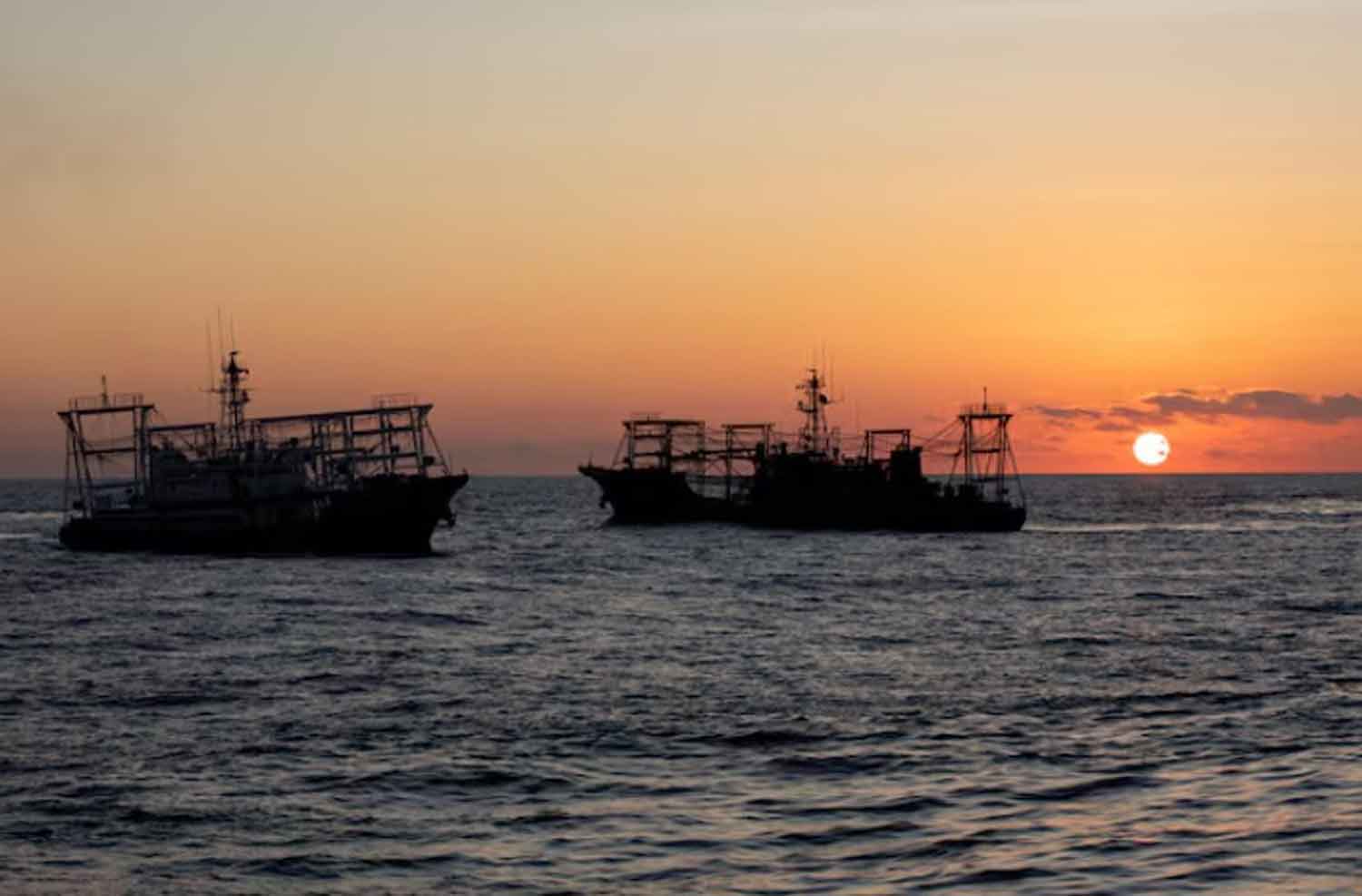The Indian Air Force has stationed the Barak-8, referred to as MR-SAM, surface-to-air missile system at the Bhatinda Air Force Station in Punjab, close to the Pakistan border.
Recent satellite images analyzed by open-source experts reveal new infrastructure at the base, including missile launch sites, radar ramps, and specific storage facilities, which align with the operational setup of the Barak-8 system.
The analysis suggests that the established configuration points to a permanent or long-term deployment rather than a temporary forward positioning.
Developed collaboratively by India’s Defence Research and Development Organisation (DRDO) and Israel Aerospace Industries, the Barak-8 system is engineered to counter various aerial threats, such as aircraft, UAVs, and cruise missiles.
While the Indian Air Force has not released an official statement regarding this deployment, satellite imagery indicates that Bhatinda is now part of an expanding network of sites equipped with the Barak-8. Currently, at least 13 batteries are strategically located across India’s northern and eastern regions, including areas along the borders with Pakistan and China.
The positioning at Bhatinda allows the system to quickly intercept threats from Pakistan’s eastern military facilities. Additionally, it enhances the air defense coverage over one of India’s major air bases in Punjab, which hosts fighter squadrons and essential support infrastructure.
Over the past three years, India has progressively increased its Barak-8 deployment in response to ongoing border tensions with both Pakistan and China.
Locally known as MR-SAM (Medium Range Surface-to-Air Missile), the system has been integrated into both air force and army units and is considered a vital component of India’s developing multi-layered air defense strategy.
Discover more from Defence Talks | Defense News Hub, Military Updates, Security Insights
Subscribe to get the latest posts sent to your email.





